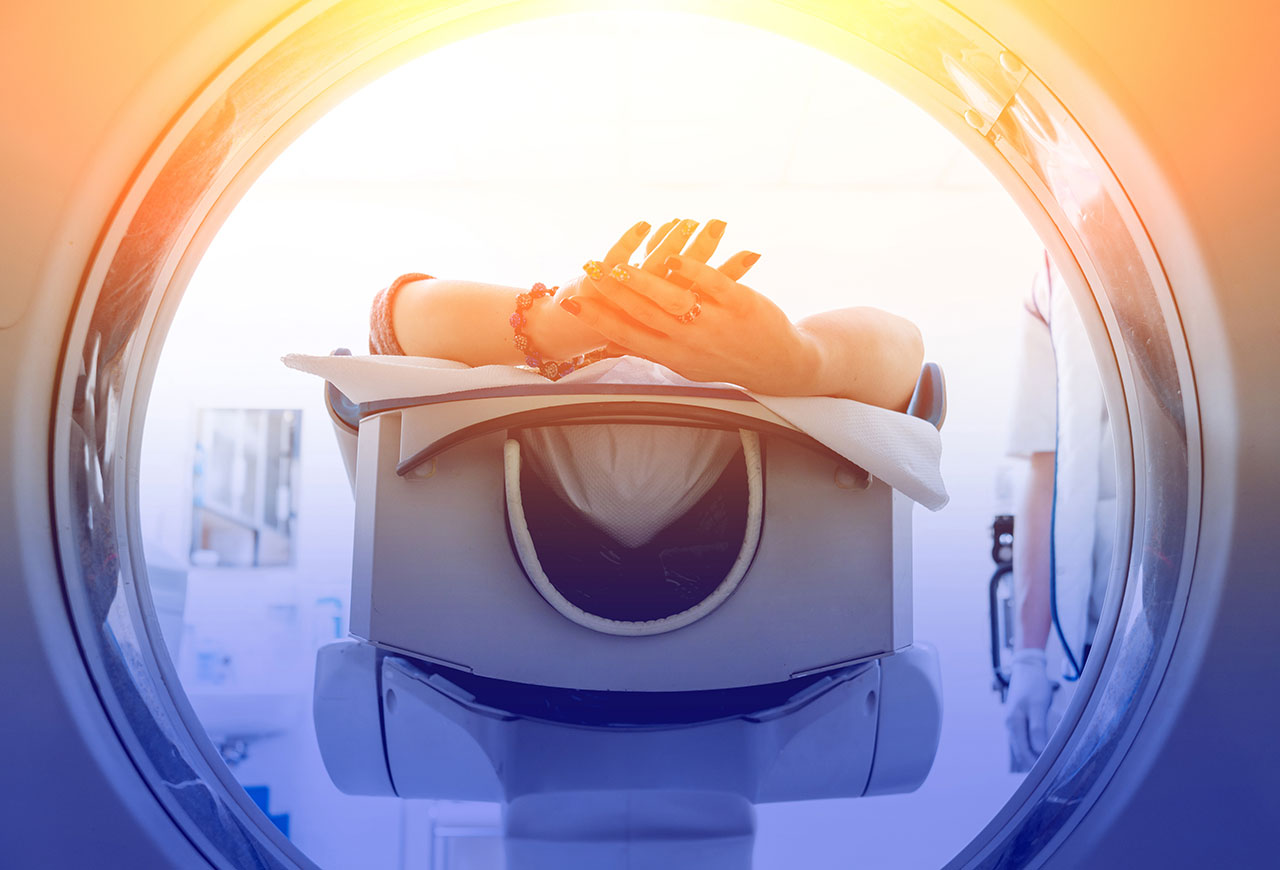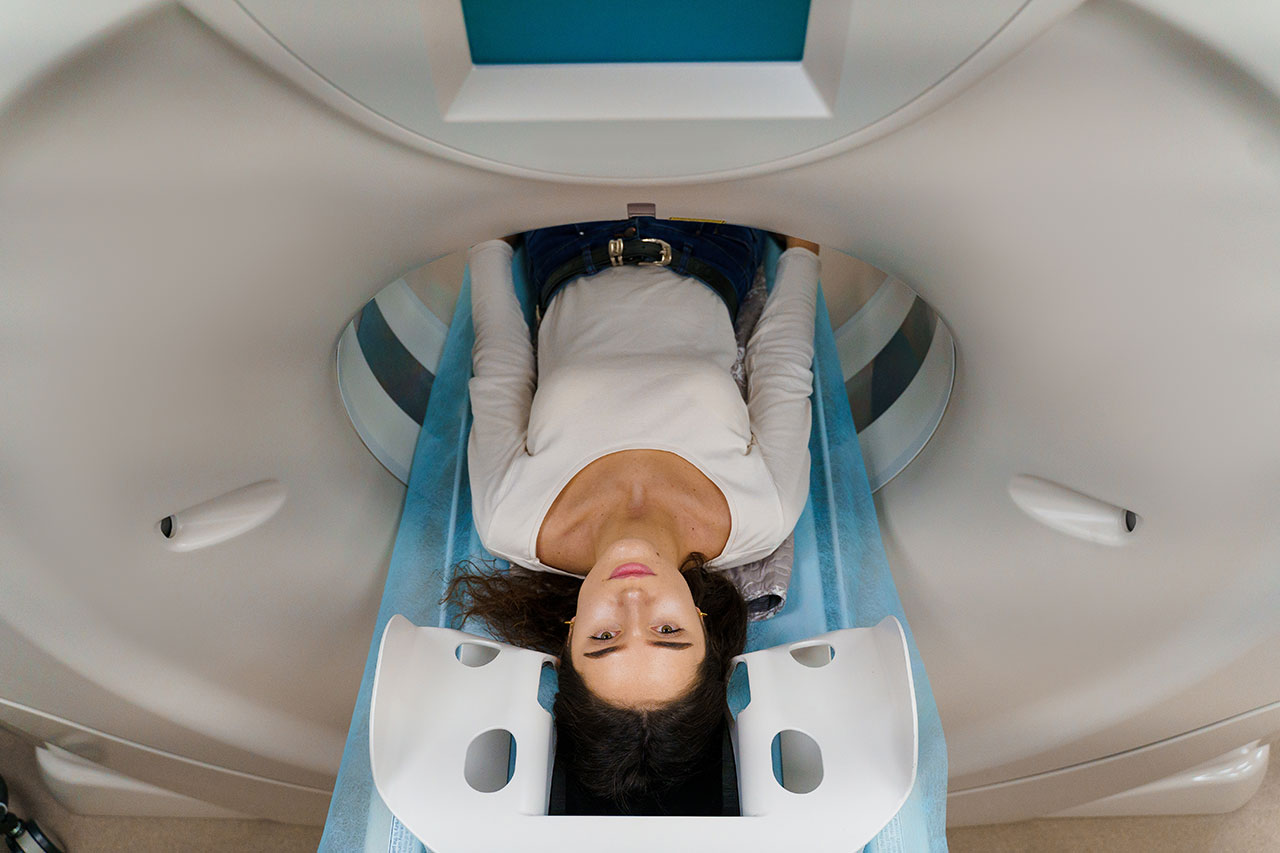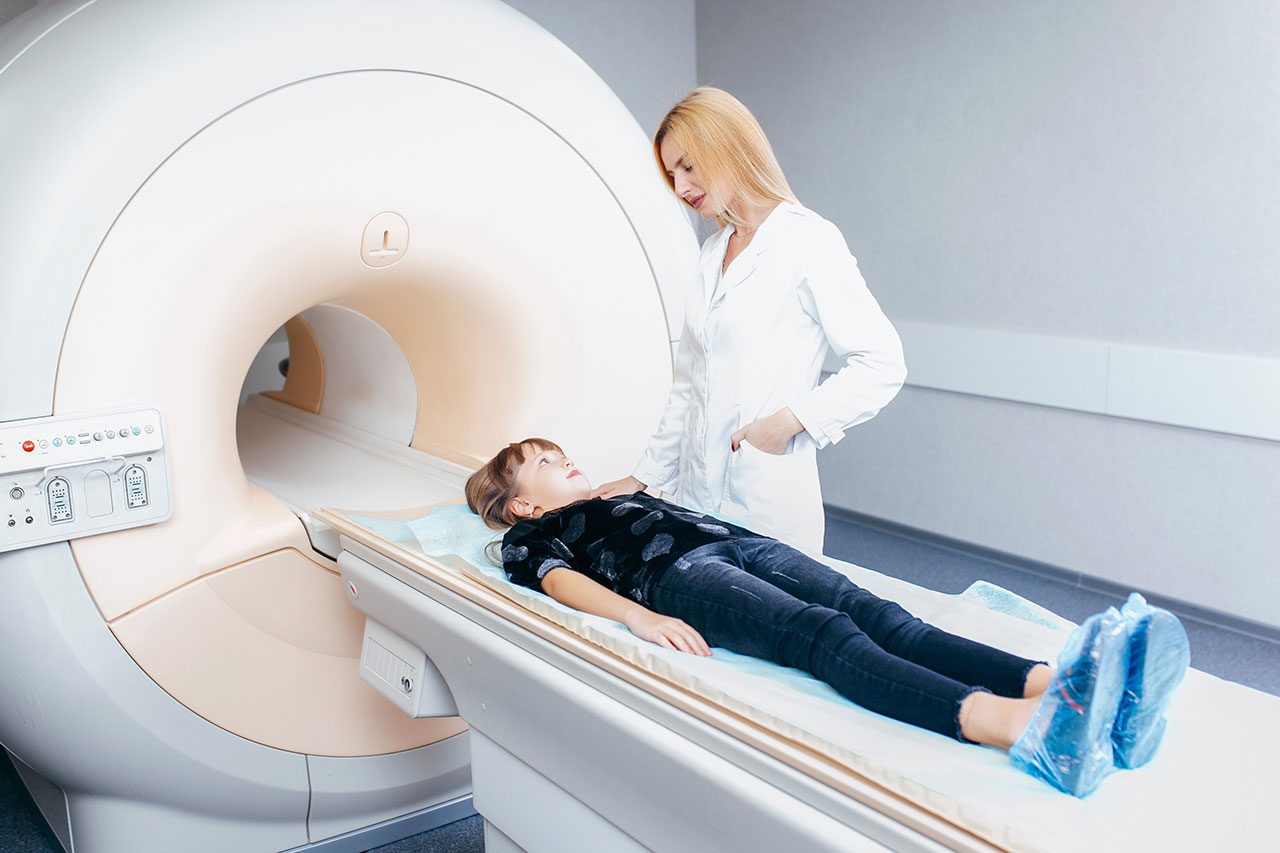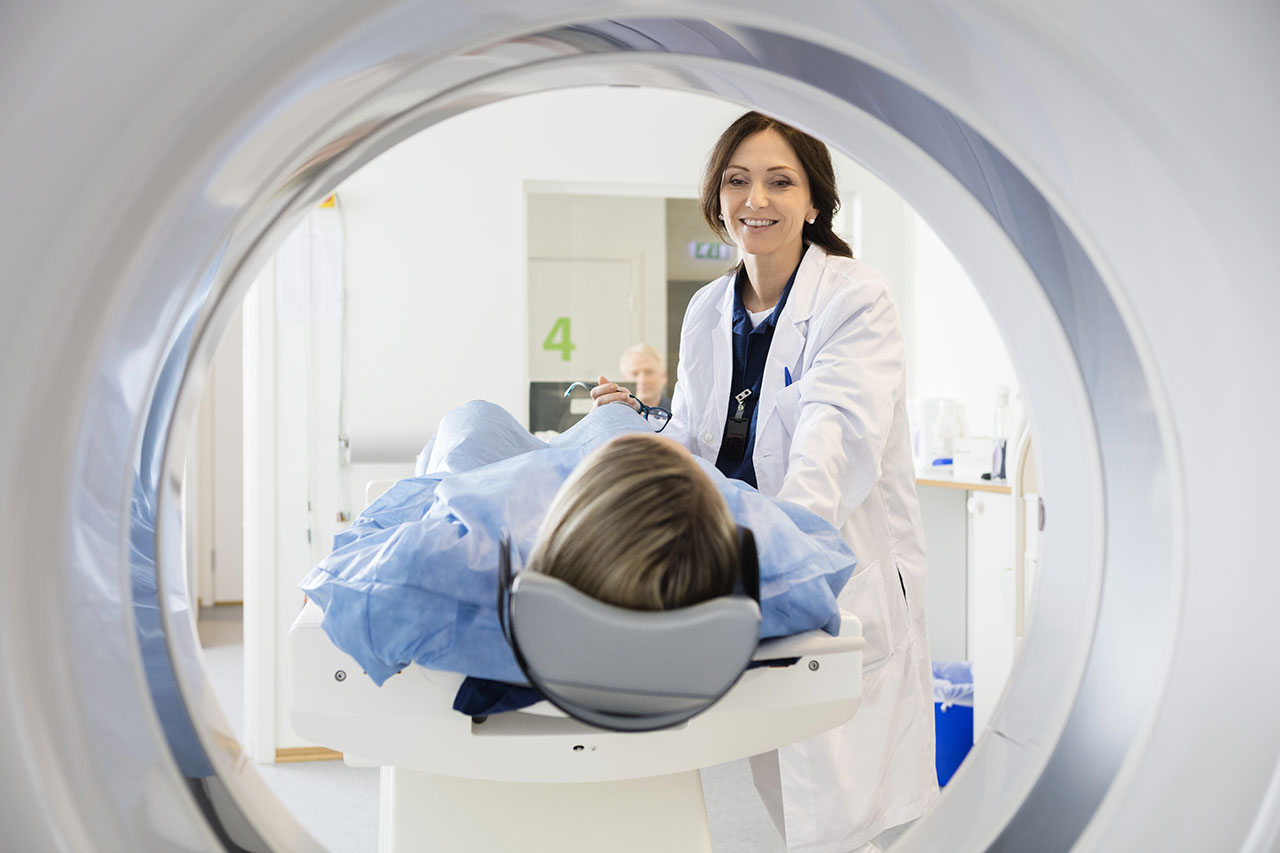
Should My Child Play Football?
September 16, 2020
Should I Get the Flu Vaccine During the Covid Pandemic?
October 13, 2020by Susannah Wollman
Wouldn’t it be fun to have x-ray vision like Superman? Imagine seeing through walls or anything else solid. Well, in the medical field, we are today much like the Man of Steel. Kind of, anyway.
Today’s medical technology gives us “superpowers” of a sort that allow us to see inside a human being so that we can activate our other superpower, diagnosing and treating problems. Superman had x-ray vision, but we have MRI-vision!

What does MRI mean?

MRI stands for Magnetic Resonance Imaging. This means that powerful magnets, radio waves, and a computer can make a detailed image of the inside of your body. Unlike x-rays, MRI can take pictures of the soft tissues. Another difference between MRIs and other forms of imaging (such as computer tomography, or CT scans) is that no damaging ionizing radiation is used. This makes MRIs much safer than other ways of “seeing inside.”
What does an MRI do?

An MRI is a useful tool for diagnosing and tracking the results of treatment of medical problems where a detailed picture of what is happening in your body is important. It’s especially useful for soft tissue and neurological damage.
One really amazing use of an MRI is called functional MRI (fMRI). This allows a doctor to map your brain by looking at blood flow when you perform various tasks like talking or moving. This kind of MRI can detect brain issues like strokes and can enable a doctor to make a treatment plan for surgery if fMRI detects epilepsy or brain tumors.
Since it doesn’t use ionizing radiation, is it safe?

Since MRIs don’t use damaging radiation, it is much safer than other means of imaging. However, all procedures involve some risk. Women in their first trimester, except under serious conditions, shouldn’t have an MRI because this is the time when the baby’s organs are developing. And anytime during pregnancy, MRIs should not use contrast dyes.
Certain people with metal inside their bodies shouldn’t have MRIs, either. This doesn’t affect metal implants like titanium joint replacements, but people with the following should not have MRIs.
- Certain clips used to treat brain aneurysms
- Some coils placed inside blood vessels
- Cardiac pacemakers
- Cardiac defibrillators (ICD)
- Cochlear implants
How to prepare for an MRI

If you have claustrophobia, tell your doctor. When you are inside the tube portion of the MRI machine, you will be in a small, enclosed space that may make you feel anxious. There are various means of dealing with this problem, so claustrophobia won’t necessarily mean you can’t have an MRI.
No metal is allowed inside the room where the MRI is performed, because the powerful magnets attract metal. That means you need to tell your doctor if you have metal that may be attracted to the magnetic field.
- Metal joints
- Metal fragments (such as bullets)
- Artificial heart valves
- Body piercings
- Tattoos (some ink contains metal)
- Drug pumps
- Dental metal, such as fillings
- Cochlear implants
- Implanted nerve stimulators
- Insulin pumps
- Pacemakers or ICDs
- Pins or screws
It’s also important to let your doctor know if you’ve had recent surgery or have conditions like kidney disease, liver disease, certain food or medicine allergies, or think you may be pregnant.
Don’t bring anything metal into the room, including eyeglasses or hearing aids. You may be asked to remove your clothing and wear a gown.
So what happens during an MRI?

An MRI machine contains a tube that is open at each end. You lie on a table that slides into the tube. There is also a short tube in which only the area of the body needing imaging is in the tube. If you are extremely claustrophobic or overweight, your doctor may order an open MRI, where you are not in a tube at all. Doesn’t it seem like that would be the best way for all MRIs? Unfortunately, open MRIs don’t produce as precise images as those from enclosed MRIs.
You will have to lie completely still for 20 to 90 minutes.. Any movement may invalidate the image and cause you to need to begin all over again.
There are loud bangings and other noises during an MRI which sound frightening, but there is no need for fear. It’s only the magnets doing their job.
Before entering the MRI tube, your doctor may order the imaging done with contrast. This contrast dye which is injected into your hand or arm is called gadolinium. It can leave a metal taste in your mouth.
During the procedure, you might feel a slight twitching. This simply means the MRI is stimulating your nerves, but is nothing to be afraid of.
Although MRIs may feel a bit strange, this is by far the most accurate way to see the damage or disease that is affecting your body.
What happens next?
If you’ve been given medicine to help you relax for the MRI procedure, you will probably feel drowsy and may want to sleep. Obviously, you can’t drive, so someone else will need to drive you home. Other than that, you can simply go back to your usual routine.
When the results are in, the doctor will call you to discuss them.
Do MRI’s have side effects?

Actually, no. There are no known side effects of having an MRI. It is simply a painless and accurate way of seeing the structures inside your body.
No kryptonite. No problems. So if your doctor orders an MRI, go right ahead. You’ll be glad you did!
Learn more about MRI and other imaging services at America’s ER here.





